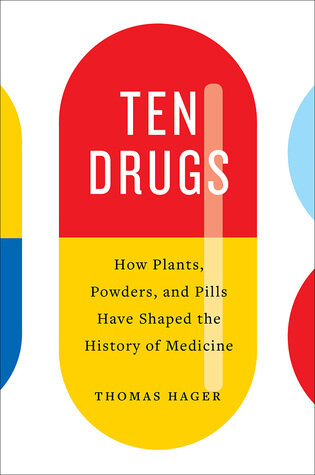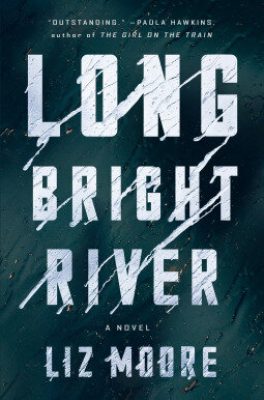I’ve been hearing about this book all over the bookternet and I knew it would be right up my alley. I love books about dysfunctional families, about families that are broken and somehow find ways to heal against all odds. This one is gritty, sad and just perfect.
The story centers on Mickey, a police officer in Kensington, a tough neighborhood of Philadelphia. She’s managed to overcome her difficult upbringing to establish her career, but every day poses a challenge. She’s getting over her failed relationship with an older detective whom she started seeing when she was a teenager, raising her son, Thomas, on her own and trying to look after her estranged younger sister, Kacey, a homeless heroin addict who haunts Mickey’s district. Mickey is able to keep an eye Kacey from the driver’s seat of her cruiser, prioritizing Kacey’s safety above all else. This moment when Mickey sees Kacey strung out on the sidewalk is particularly gut wrenching.
“We looked at each other for a long time. Time, in fact, seemed to slow and then stop. What passed between us in that moment was an unbearable sadness, the knowledge that nothing would ever be the same, the crumbling to dust of all the ideas we ever had as children about the better life we’d one day make for one another.”
When Mickey realizes she hasn’t seen her sister in a few weeks, she becomes obsessed with finding out where she is, forsaking her job, friendships and family to make sure her sister is safe.
This is a moving story about addiction, loss, and the strength of family ties. I cried for Mickey and for Kacey in equal measures. Moore does a masterful job weaving their stories together and painting a not so pretty picture of addiction and how it affects everyone in its sphere.

I heard a recommendation for this excellent read on the Book Riot podcast. Each of the chapters focuses on a different drug or class of drugs. Though the book is not dedicated to opiates/opioids, this class of drugs takes up several chapters—from opium to heroin to morphine to the potent synthetic opioids causing today’s epidemic of addition. In each section, Hager discussed drug discovery, mechanism of action, the science supporting its use (or lack thereof) and the sociological and epidemiological effects of adoption. I learned so much throughout, but especially enjoyed the chapters dedicated to the small pox vaccine, cholesterol lowering statin drugs and monoclonal antibodies. Though this is serious non-fiction, the writing style is engaging and well paced.
Hager initially claims not to have an agenda, but by the end he clearly does. Big Pharma, though responsible for many incredible and life saving discoveries, is limited by its financial motivations and need to please the shareholders. Many necessary drugs—those to treat rare diseases or diseases that ravage poorer populations—will never be discovered within the system we have today. I highly recommend this read for anyone who’s ever popped a pill.
